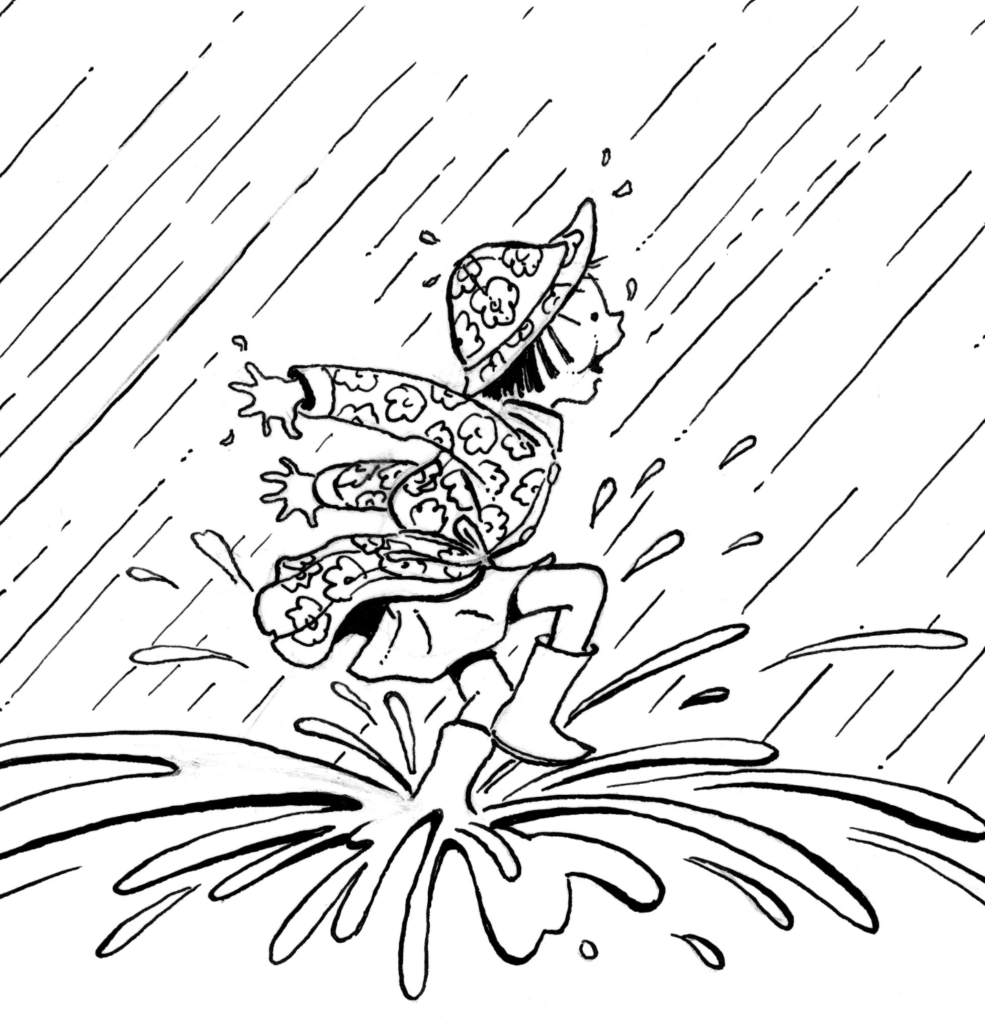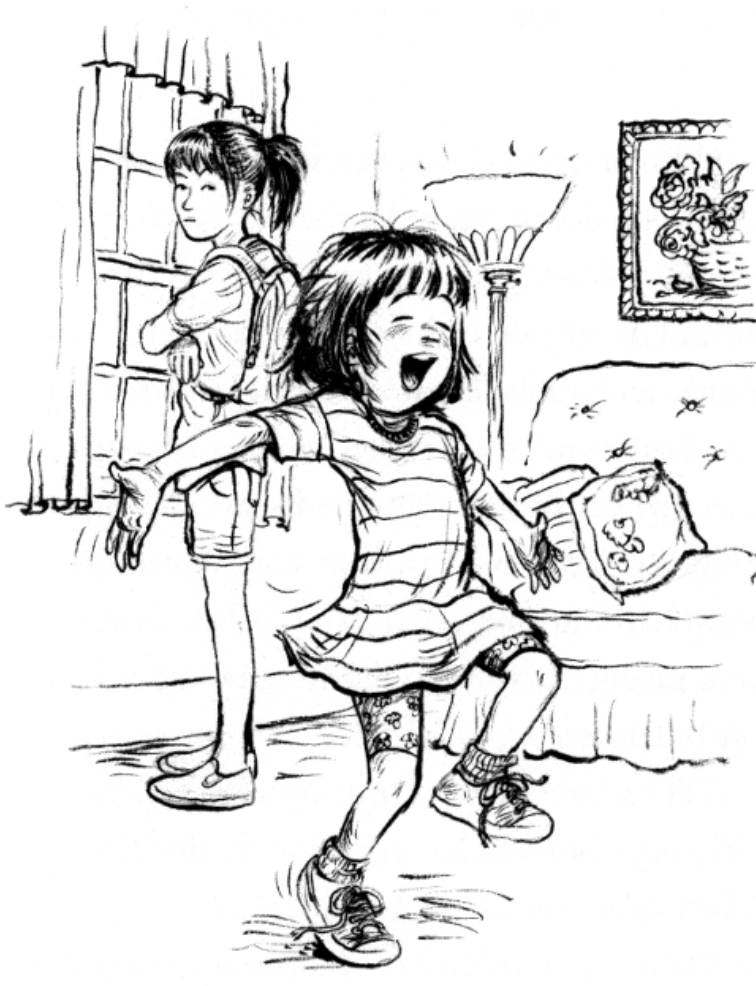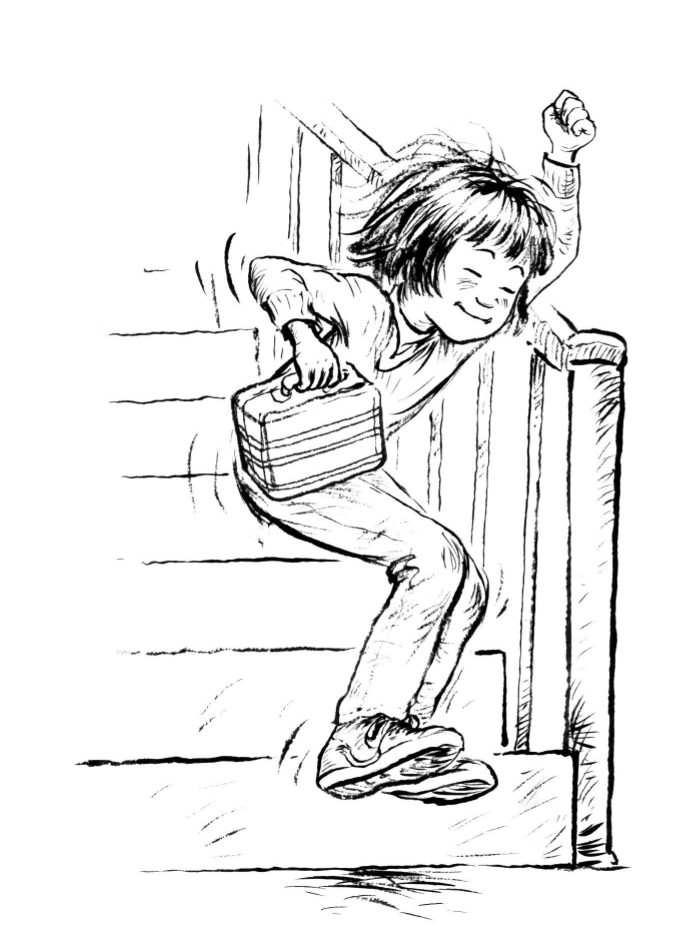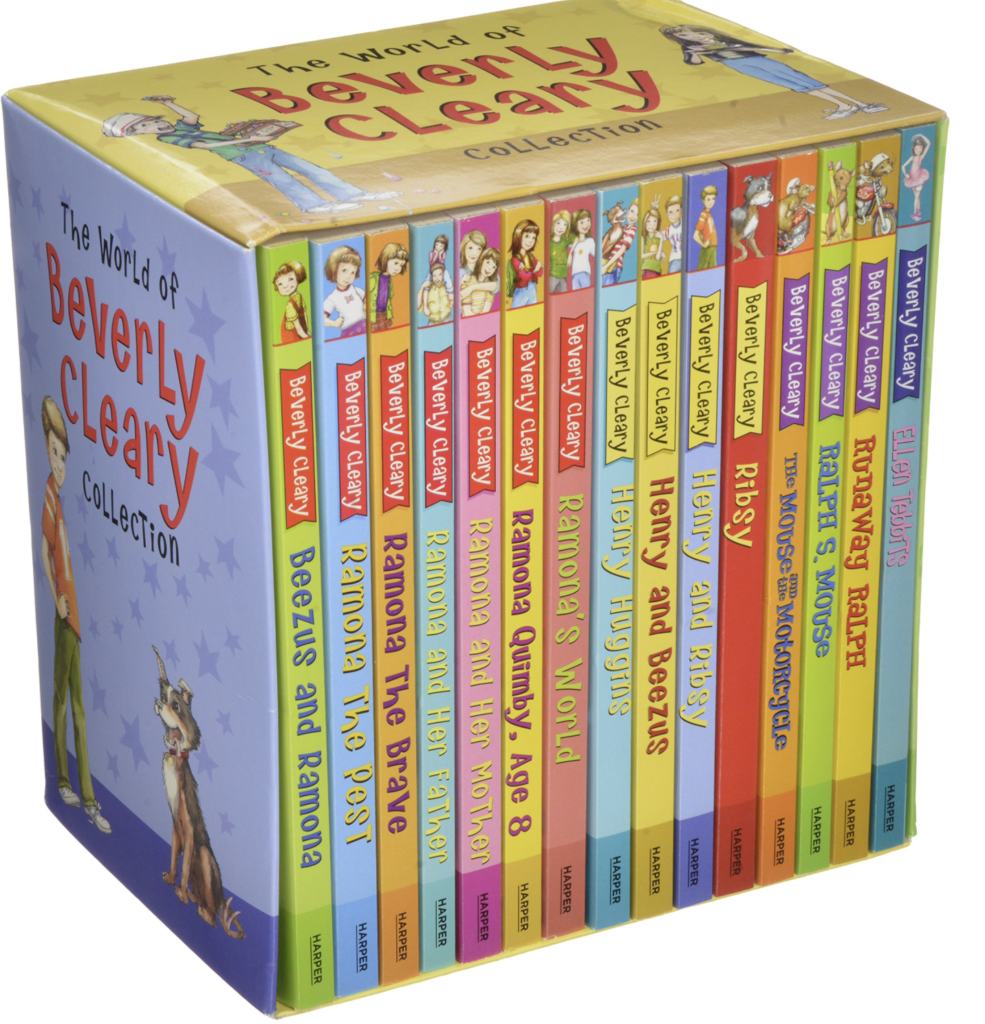
Beverly Cleary is pretty much a household name. Just about everyone knows about Ramona, either from the books, the movie, or other pop culture references. Growing up, I didn’t know much about Cleary. For some reason, Cleary was conflated with Judy Blume in my mind, and the Judy Blume I read, I hated. It wasn’t until I was a mother that I really met (and fell in love with) Ramona.
I know. I know. I know. Living Books purists often cannot reconcile Ramona with the idea of “living books.” After all, she is nothing like Hilda van Stockum’s characters. Or Edith Nesbit’s. Or Carolyn Haywood’s. Or Arthur Ransome’s. And, some think that Ramona is such a brat. How could her stories possibly be good food for young readers to feast on? But, I do wonder… Is she really that different from Nesbit’s characters? Are the family scenes in Ramona that different from Van Stockum’s?
Living Books lists so often recommend Pippi Longstocking, Mary Poppins, and Peter Pan. I do not like any of those. I think Peter Pan is bizarre, Mary is mean, and Pippi is eccentric to a fault. Maybe it is just a difference of opinion.
I am no gatekeeper for what is good, true, or beautiful in children’s literature. But I have read widely and carefully. And, I do think that Cleary offers something very living for our little people. In this article, I wish to explain why I find her stories worthy of shelf space in my library.

Cleary writes children as they are. Warts and all. But, as Diane so often says about Gary D. Schmidt, she does not leave them there. The whole point of the Ramona books is that Ramona (and everyone around her) is growing up. When the series opens, Ramona is just four years old. As she says in Ramona and Her Father (several years later) – she doesn’t try to annoy everyone. Just Beezus. According to Ramona, sometimes it is fun to annoy Beezus. But, generally, she isn’t trying to annoy everyone else. She is just trying to grow up, and as she says, no matter how old she gets, she can never catch up to Beezus or Henry or anyone else bigger than she is. Ramona has a very good heart, and she is trying to figure out who she is and who she is becoming. She makes a lot of mistakes, but she does learn from them.
I think that any child will find some of Ramona’s experiences relatable and endearing. I especially think that second and later-born siblings will find her to be an ally in the never-ending struggle of playing catchup to older siblings – especially when those older siblings are “going through a trying time,” as Beezus says in Ramona and Her Father.

Sometimes we make the mistake of thinking that Ramona is the “hero” of the story. I think Cleary is not unlike Hilda van Stockum. I think the family is the hero of the story. The first book in the series is titled Beezus and Ramona because it is named for the sister pair. Later on, in Ramona and Her Father and Ramona and Her Mother, we see true-to-life stories wherein Cleary loves and celebrates every member of the family. She draws all of them realistically and shows how each interacts with the other. The ordinary family life is what is heroic. Whether it is enduring Ramona’s antics, looking past Beezus’s “trying times,” watching Ramona’s father struggle valiantly to recover from a layoff and quit smoking, or celebrating Ramona’s mother as she tries to be all of the things the family needs, the series celebrates ordinary family doing ordinary things in loving ways. And, Ramona and Beezus do grow and grow up.

While I might prefer the sweetness of Carolyn Haywood’s sweet Betsy stories, or laugh more at van Stockum’s Pegeen, I do appreciate Ramona, and am so glad to have her on my shelves. I completely respect that her stories are not the best fit for some readers. One of my own children did not need Ramona’s antics to encourage their own naughtiness. But, I am grateful for Cleary’s love of children and the stories she tells.